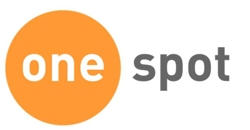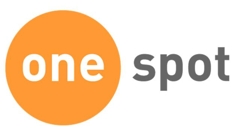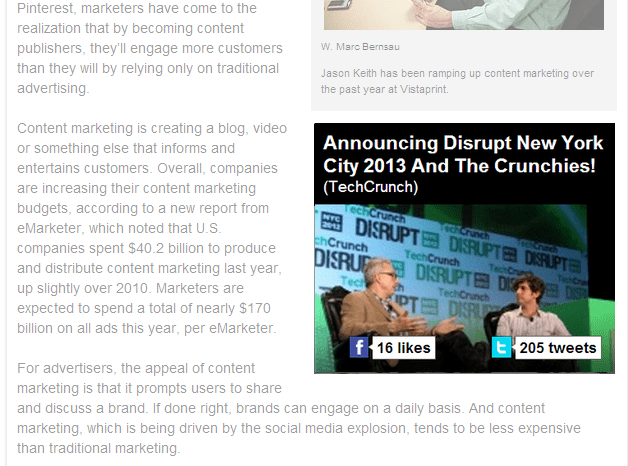A lot of companies are getting into the content marketing business, creating blog posts and articles to promote their brands and products. But are they doing enough to highlight that content? Well, startup OneSpot is opening a new platform to help them promote those posts by turning them into ads.
OneSpot started out as a news aggregation company, but founder and CEO Matt Cohen, who has worked on technology for newspaper companies and also done time as a VC, said it’s now focused on a bigger opportunity. His basic argument is that editorial content, not advertising, has a much bigger impact on people’s opinions than ads. (It’s similar to the point made by other companies like InPowered.) Actually, he clarified that it’s a false distinction; for most people, it’s not about “commercial versus non-commercial content,” but rather “annoying content compared to content that is interesting.”
So why not promote the interesting content, like blog posts on a company’s own site (assuming they have good posts that aren’t just marketing their products), or a positive review elsewhere? Especially since much of that content just disappears once it has scrolled off the front page.
OneSpot customers can pipe all of their content into the system, then it’s repackaged into standard banner ads, which are distributed across a larger network. (You can see what a TechCrunch ad looks like below.) All of the content from a brand’s feed automatically makes it in, and companies can manually add content from other sites.
The real advantage that OneSpot offers is the way it automatically targets the ad to the viewer, driving them to whatever outcome the advertiser specifies. The first time you visit a OneSpot site, it starts tracking you with a cookie, then, as you visit other sites, it delivers ads that are customized to where you are in the “funnel.” Many retargeted ads, Cohen said, are trying to drive a specific outcome — the purchase of a product, or signing up for email updates. A more effective approach is to build a relationship over time, then try to bring about that outcome further down the road.
For example, if TechCrunch ran a campaign to sell tickets to our Disrupt conference, it would make sense to advertise posts that are of interest to the reader first, then coverage of past conferences or of speakers who will be appearing at the current one, then, finally, after readers have shown a real interest and are already familiar with the event, we can actually advertise the post that says “BUY SOME TICKETS.”
One of the early customers is Remington, and Ryan Koechel, director of e-commerce for Remington at Spectrum Brands, said in the press release:
OneSpot has been able to give us a ROI on display ads that we would have never thought possible and we found OneSpot really enabled us to come full circle with our strategy. They are definitely the missing link in our 360 degree approach to digital marketing are just as valuable as PPC and complementary to every other marketing channel we use.
OneSpot is also announcing that it has raised $1.5 million in new funding from RSL Venture Partners, 500 Startups, Ralph Mack, Mike Maples, Sr. (yes, senior), Josh Baer, and others.


